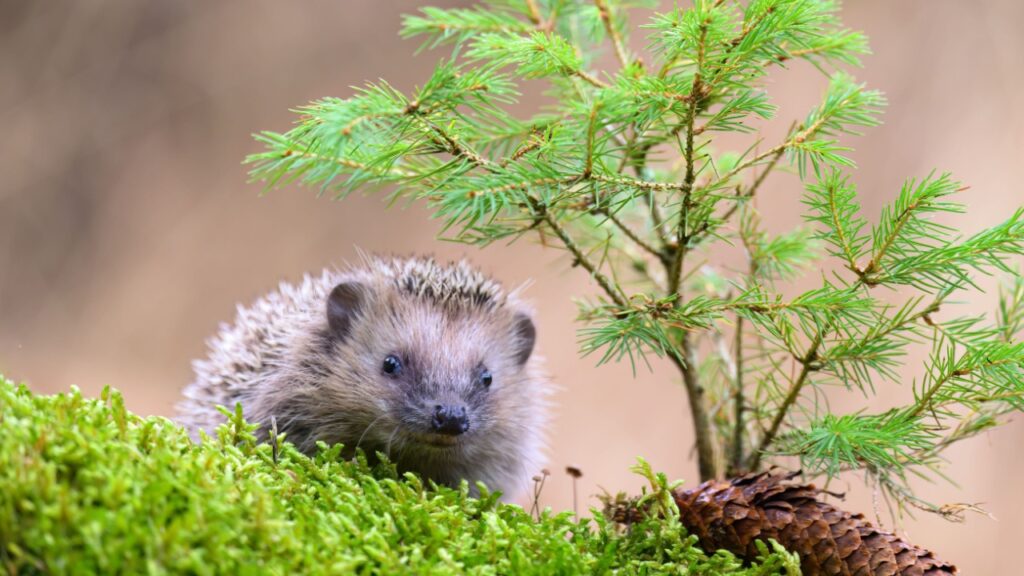Hedgehogs are one of the most beloved and iconic animals in the UK. These spiky little creatures have captured the hearts of people all over the country with their cute faces and quirky behavior. Here are 12 fun facts about British hedgehogs that will make you love them even more!
1. Hedgehogs Are Nocturnal
Hedgehogs are most active at night, when they venture out to search for food and explore their surroundings. During the day, they sleep in cozy nests made of leaves, grass, and other soft materials. This nocturnal lifestyle helps them avoid predators and stay cool in the summer heat.
2. Hedgehogs Have Up to 7,000 Spines
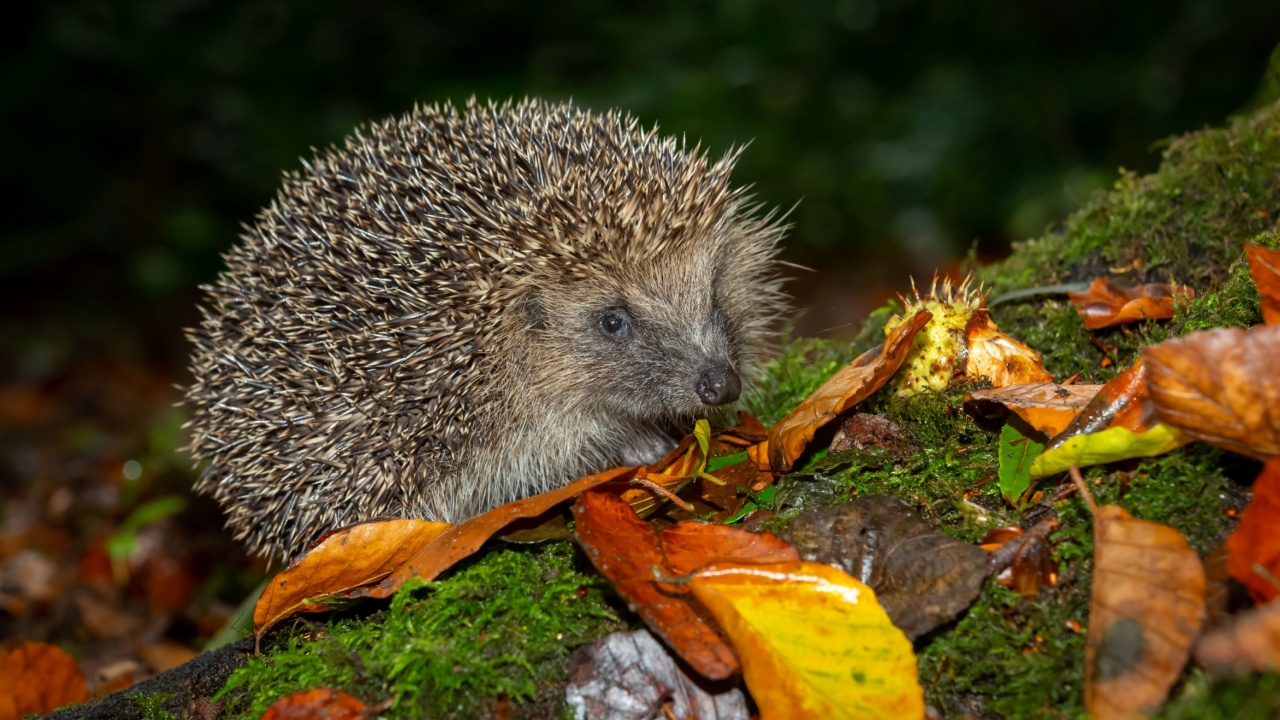
Hedgehogs are covered in sharp, hollow spines made of keratin – the same material that makes up our fingernails and hair. These spines provide protection from predators and help hedgehogs stay warm in the winter. When threatened, hedgehogs will roll up into a tight ball, making themselves a prickly and unappetizing target.
3. Hedgehogs Are Solitary Animals

Unlike many other species, hedgehogs are solitary creatures that prefer to live and forage alone. They only come together to mate and raise their young. Male hedgehogs, called boars, can be quite aggressive towards each other during mating season.
4. Hedgehogs Are Excellent Swimmers

Despite their spiky exterior, hedgehogs are actually quite good swimmers. They have been known to swim across rivers and even small bodies of water in search of food or a new home. However, they can tire easily and may drown if they cannot find a way out of the water.
5. Hedgehogs Have a Unique Defense Mechanism
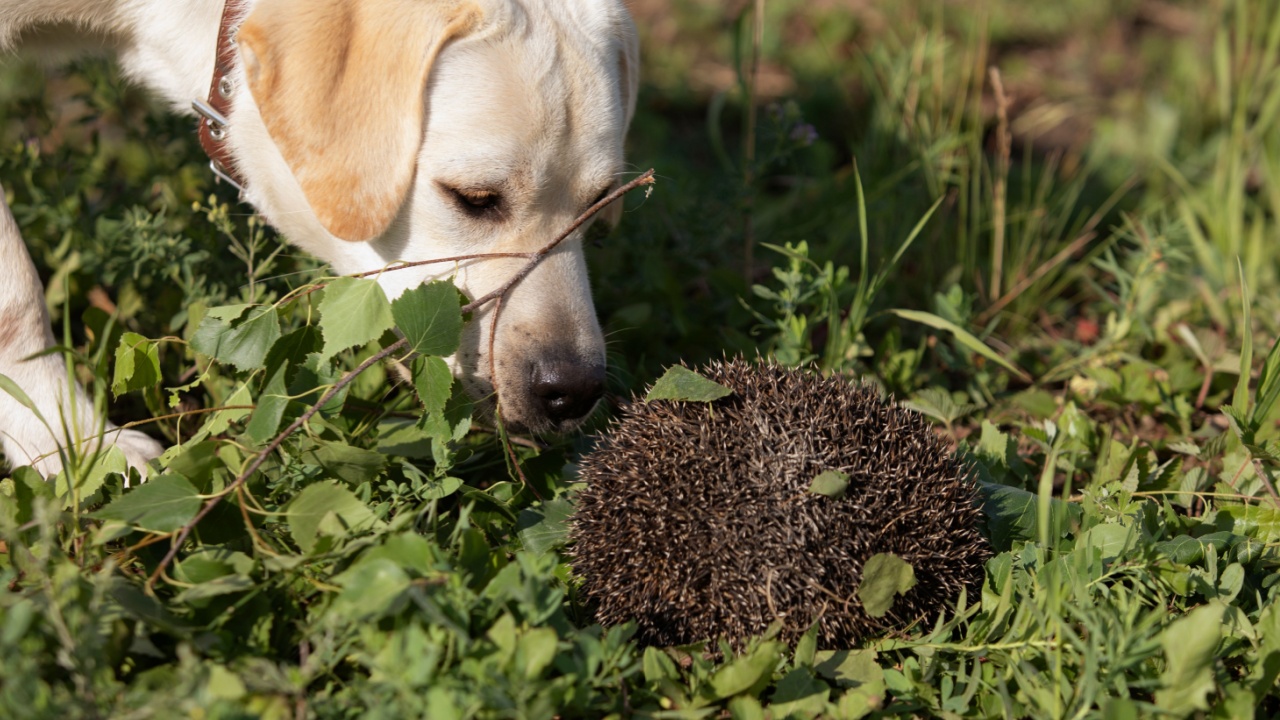
When threatened, hedgehogs will roll up into a tight ball, using their spines to protect their vulnerable undersides. They also have a unique defense mechanism called “self-anointing”, where they cover their spines in a frothy saliva mixed with toxins from plants or animals. This makes them taste bad to predators and may also help protect them from parasites.
6. Hedgehogs Are Lactose Intolerant
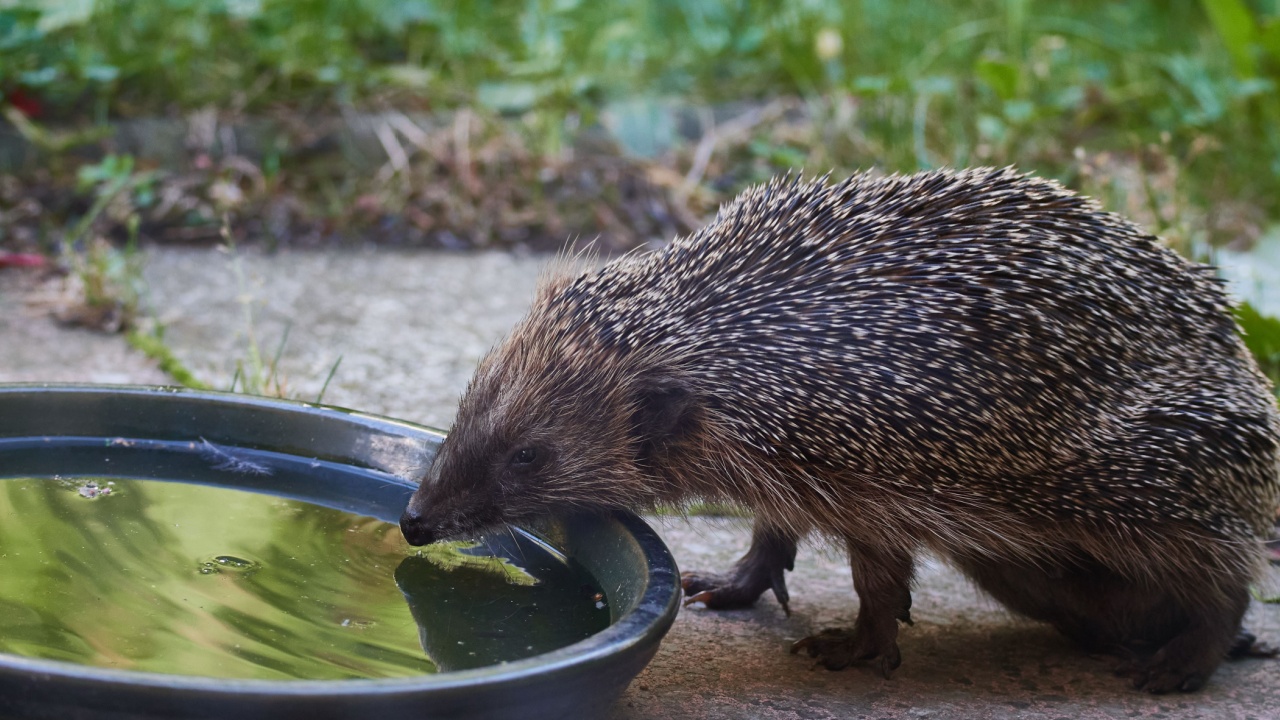
Contrary to popular belief, hedgehogs should not be given milk or dairy products. They are lactose intolerant and cannot digest these foods properly, which can lead to diarrhea and other health problems. Instead, offer them water and specially formulated hedgehog food or cat food.
7. Hedgehogs Have Poor Eyesight
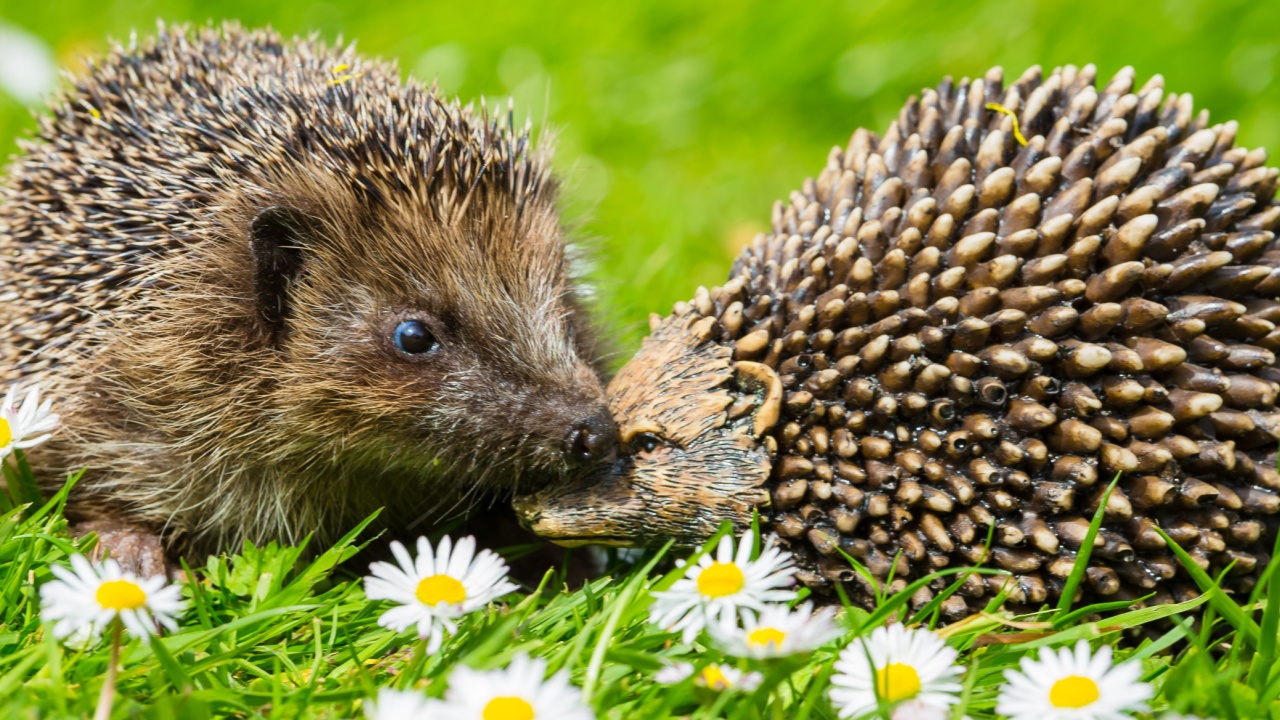
Hedgehogs have small, beady eyes that do not provide very good vision. Instead, they rely on their keen sense of hearing and smell to navigate and find food. They can hear the rustling of prey from up to 2m away and locate food by snuffling through vegetation.
8. Hedgehogs Are in Decline in the UK
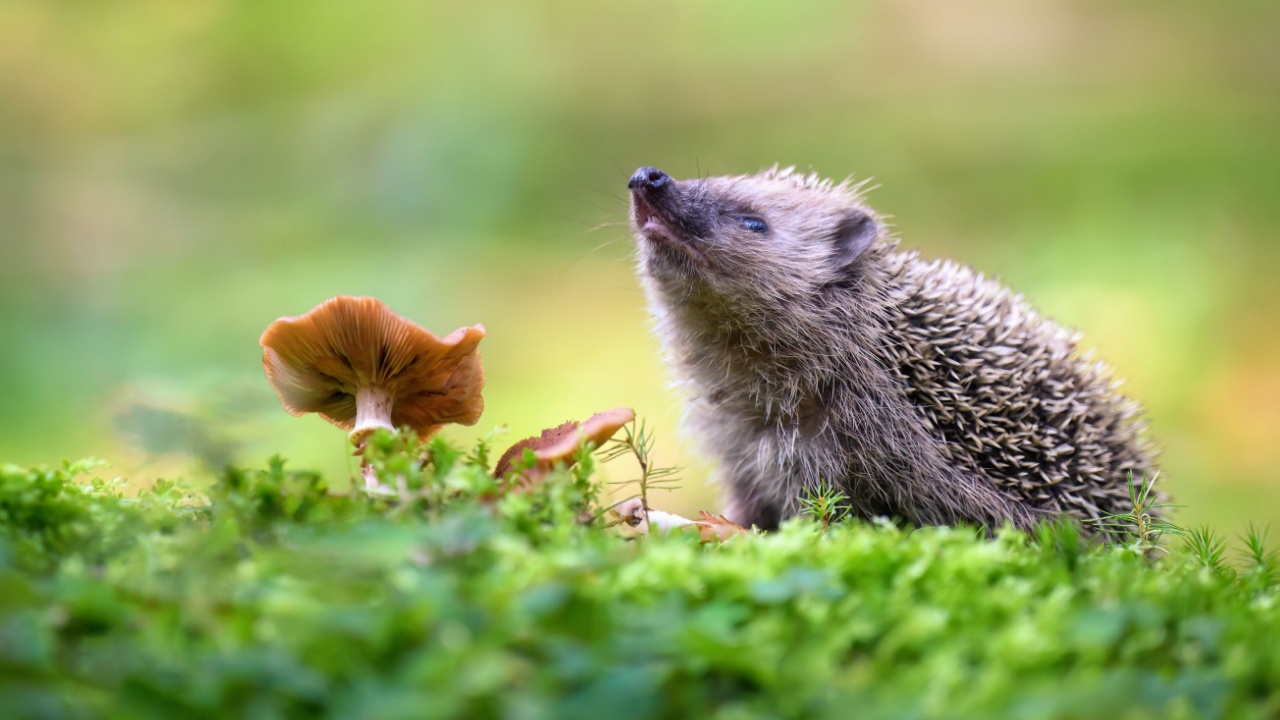
Sadly, hedgehog populations in the UK have been declining rapidly in recent years. It is estimated that their numbers have dropped by 30% in urban areas and 50% in rural areas since the year 2000. The main threats to hedgehogs include habitat loss, pesticide use, and road traffic accidents.
9. Hedgehogs Are Protected by Law in the UK
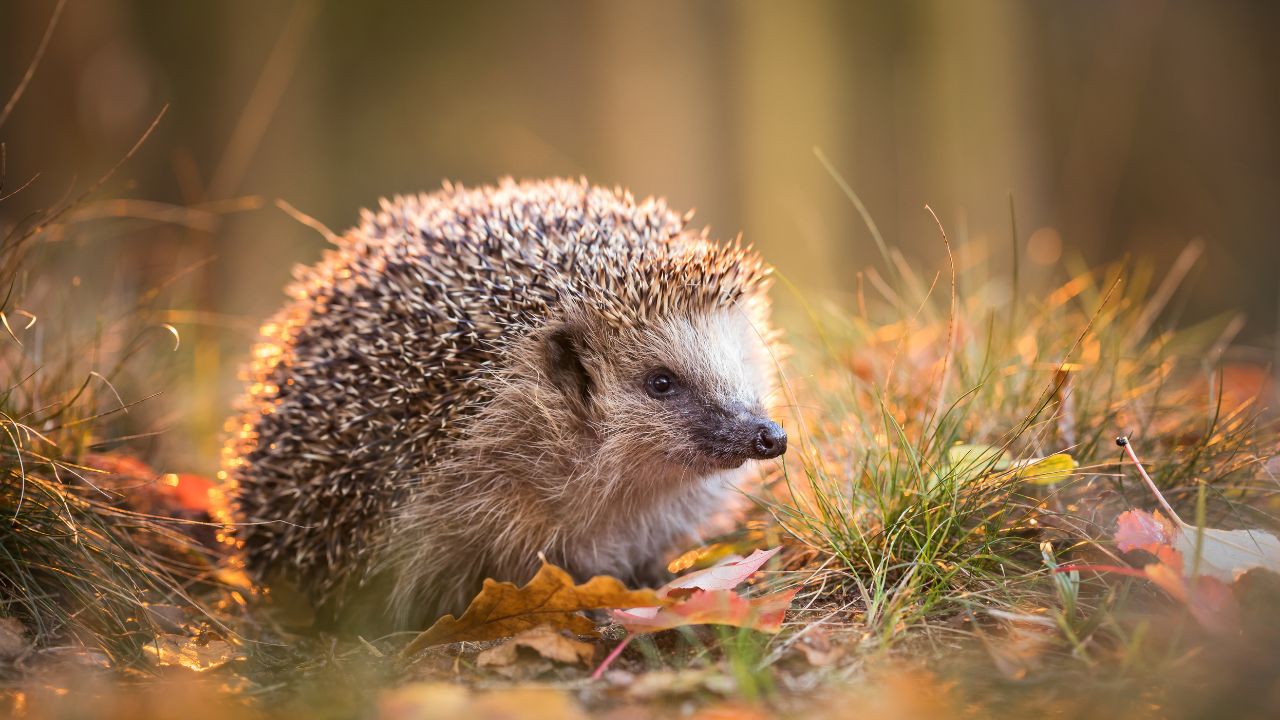
Due to their declining numbers, hedgehogs are protected by law in the UK under the Wildlife and Countryside Act 1981. It is illegal to kill, capture, or disturb them without a license. It is also illegal to use certain types of traps or poisons that may harm them.
10. Hedgehogs Are Important for Pest Control

Hedgehogs play an important role in controlling pest populations in gardens and agricultural land. They eat a wide variety of insects, slugs, and snails, which can help reduce damage to crops and plants. A single hedgehog can eat up to 200g of invertebrates in a single night!
11. Hedgehogs Hibernate in Winter
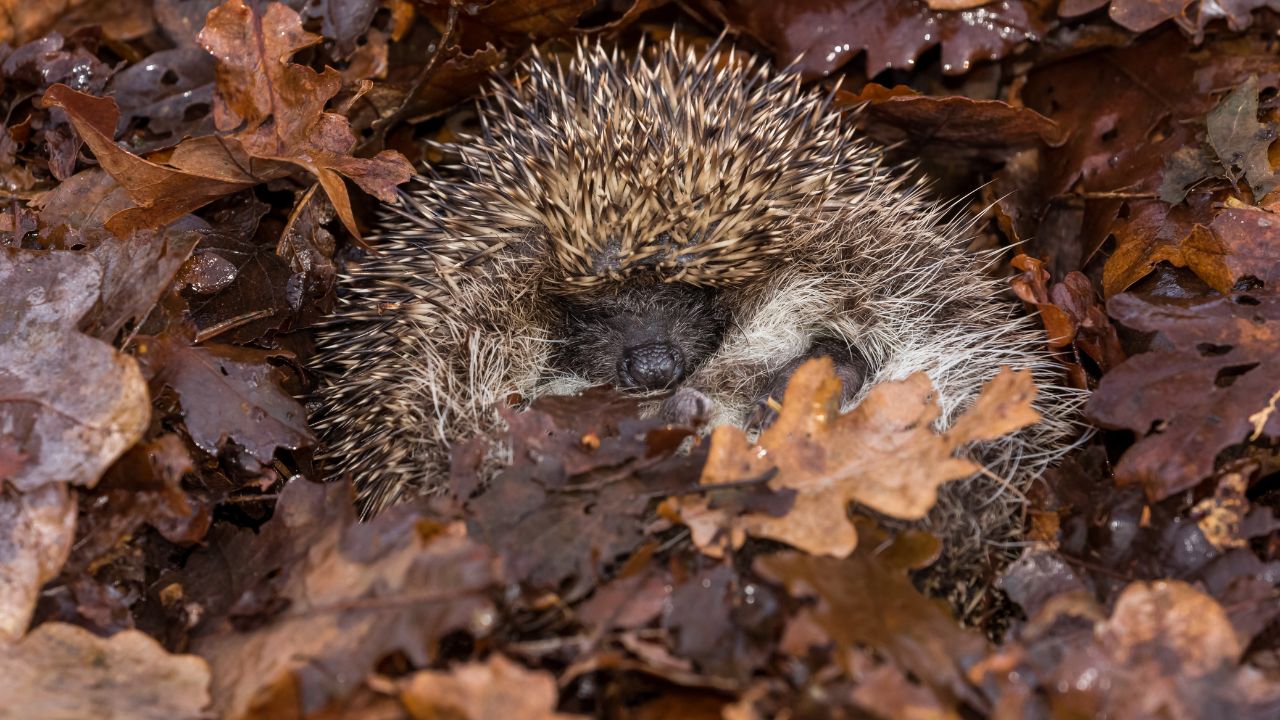
During the cold winter months, hedgehogs enter a state of hibernation to conserve energy. They slow down their metabolism and drop their body temperature to match their surroundings. They may wake up periodically to forage for food or move to a new nest site.
12. Hedgehogs Are a Gardener’s Best Friend
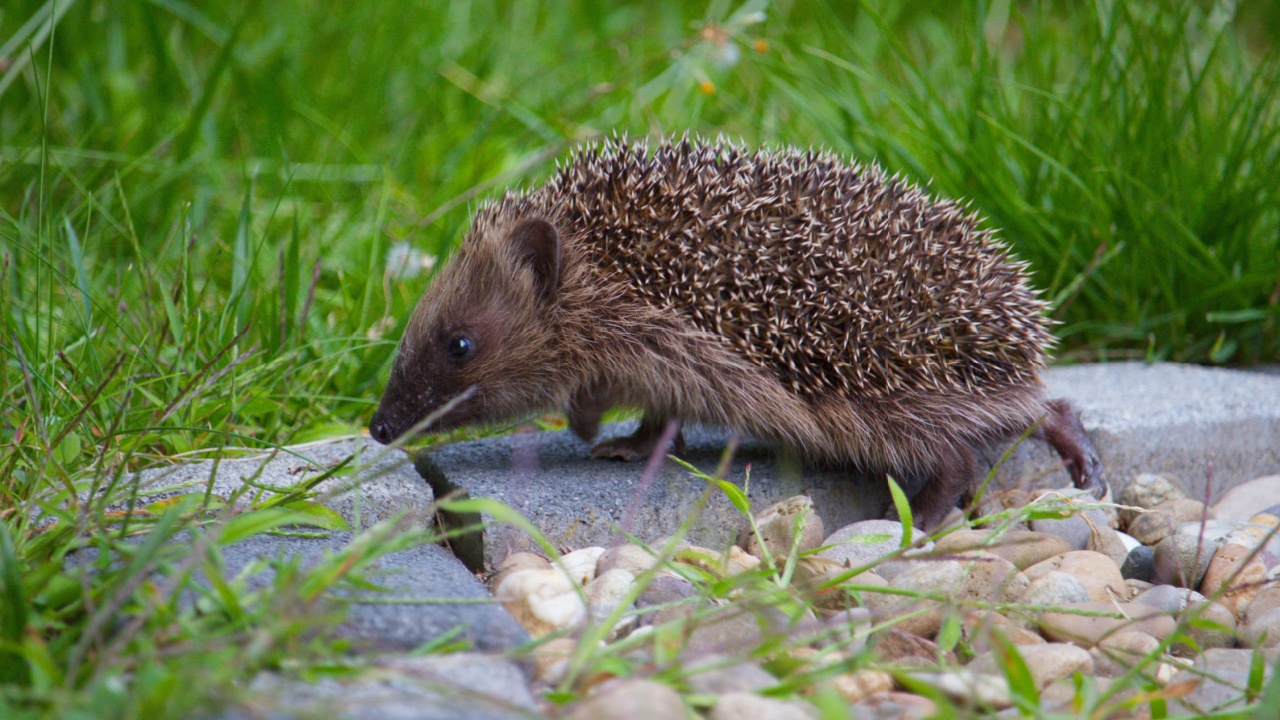
Hedgehogs are not only cute and fascinating creatures, but they can also be a gardener’s best friend. As mentioned earlier, they eat a wide variety of garden pests, including slugs, snails, and insects. By having hedgehogs in your garden, you can reduce the need for chemical pesticides and enjoy a healthier, more balanced ecosystem. Plus, watching these spiky little creatures shuffle around your garden is a delight in itself!
Becky is a fervent wildlife enthusiast and pet care expert with a diploma in canine nutrition. Her love for animals stretches beyond the domestic, embracing the wild tapestry of global fauna. With over a decade of experience in animal welfare, Becky lends her expertise to OutlandishOwl through insightful articles, captivating wildlife information, and invaluable guidance on pet nutrition. Her work embodies a deep commitment to understanding the intricate lives of animals and a passion for educating others on sustaining natural habitats. Becky's hands-on conservation efforts and her knack for translating complex dietary science into practical pet feeding tips make her an indispensable voice for creatures great and small.

